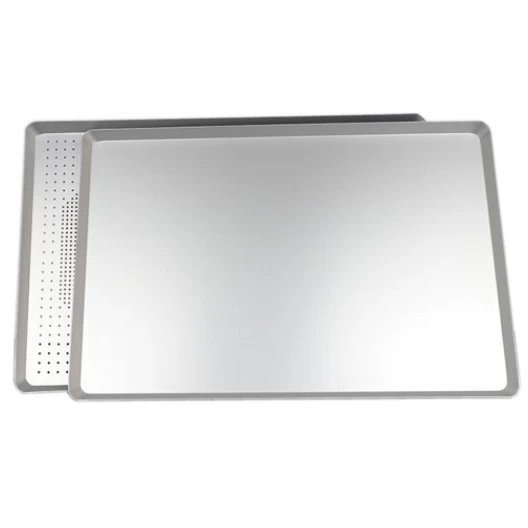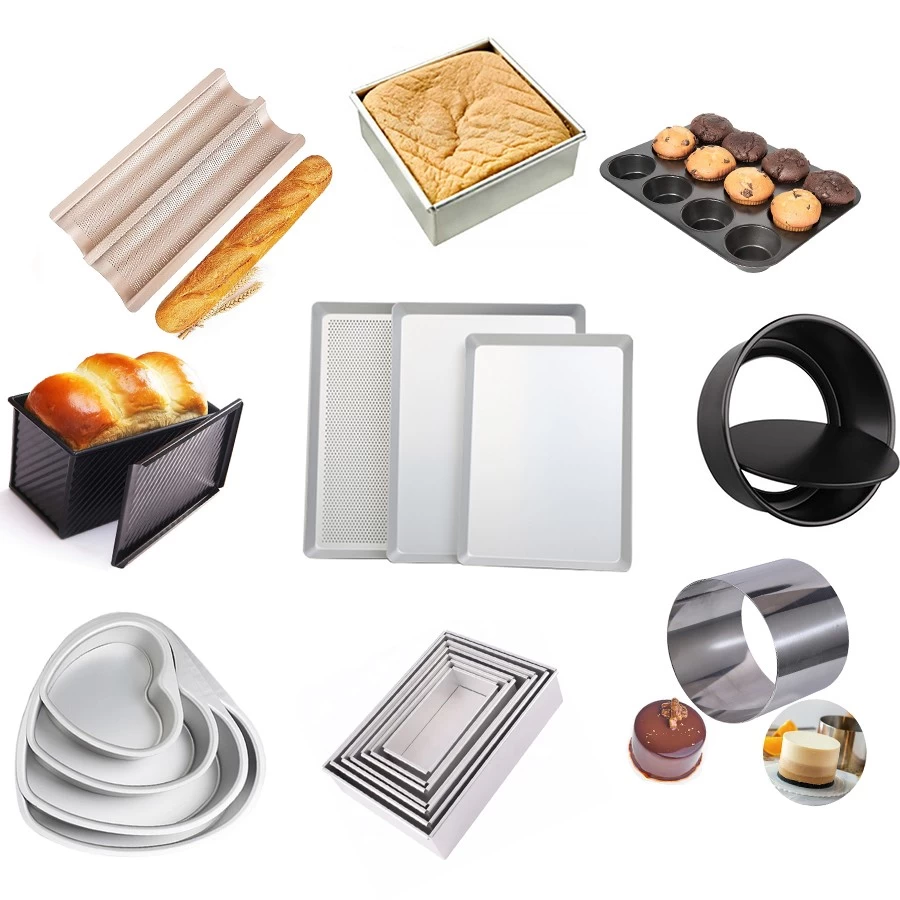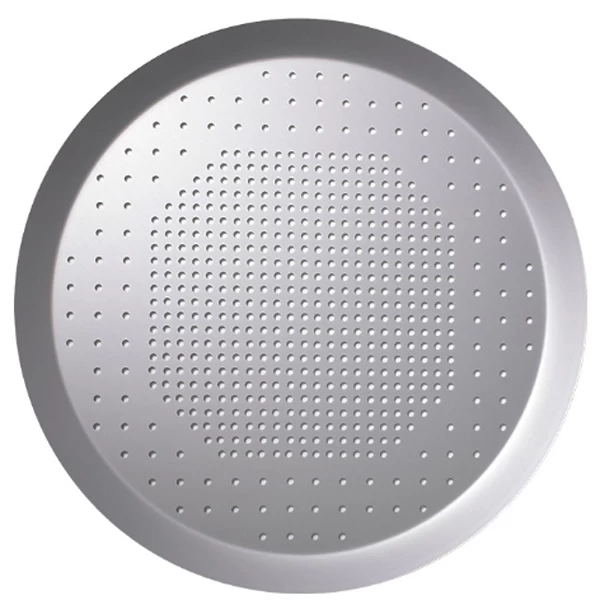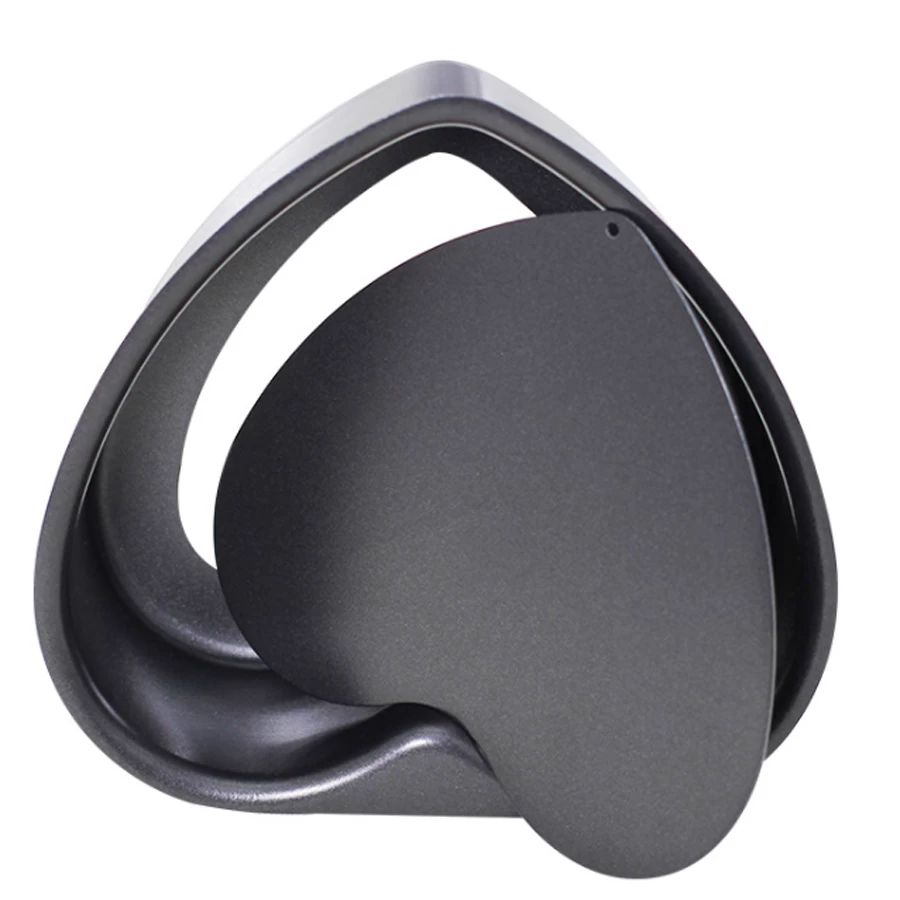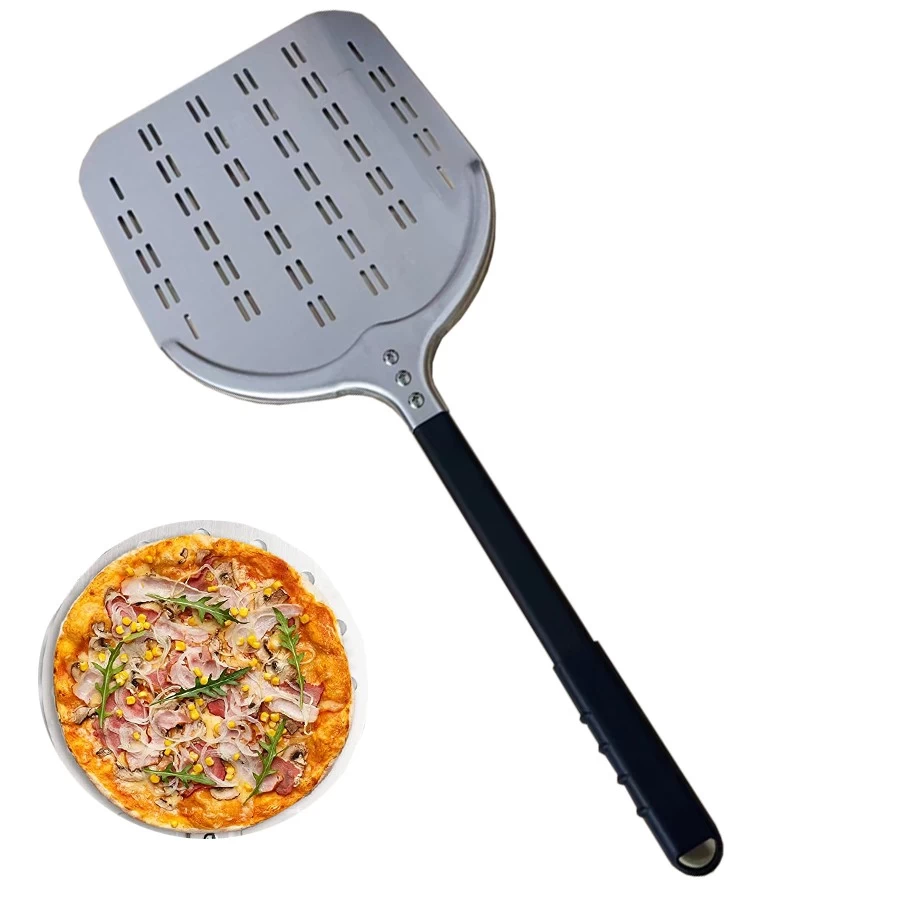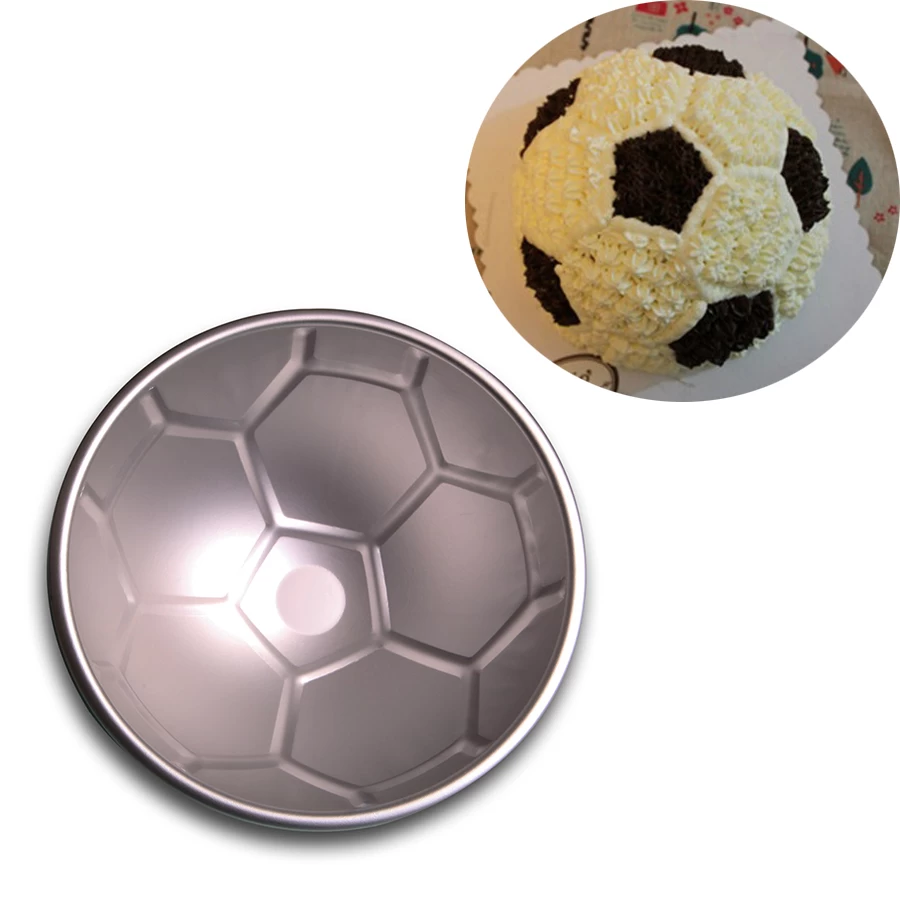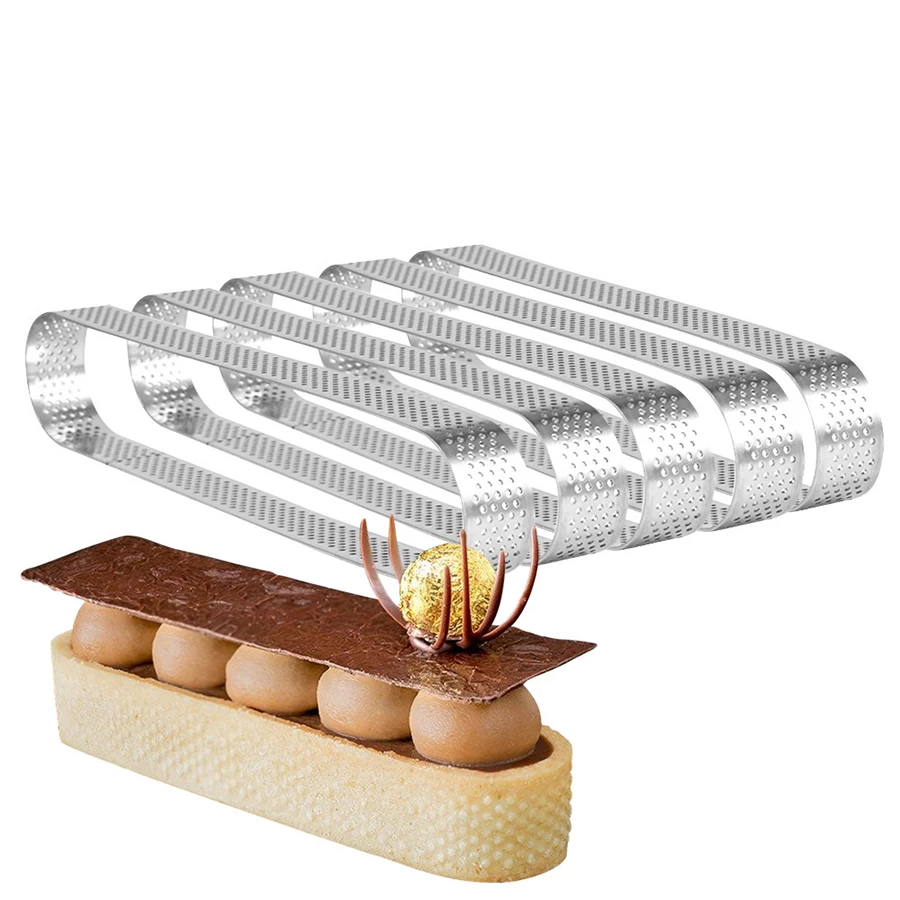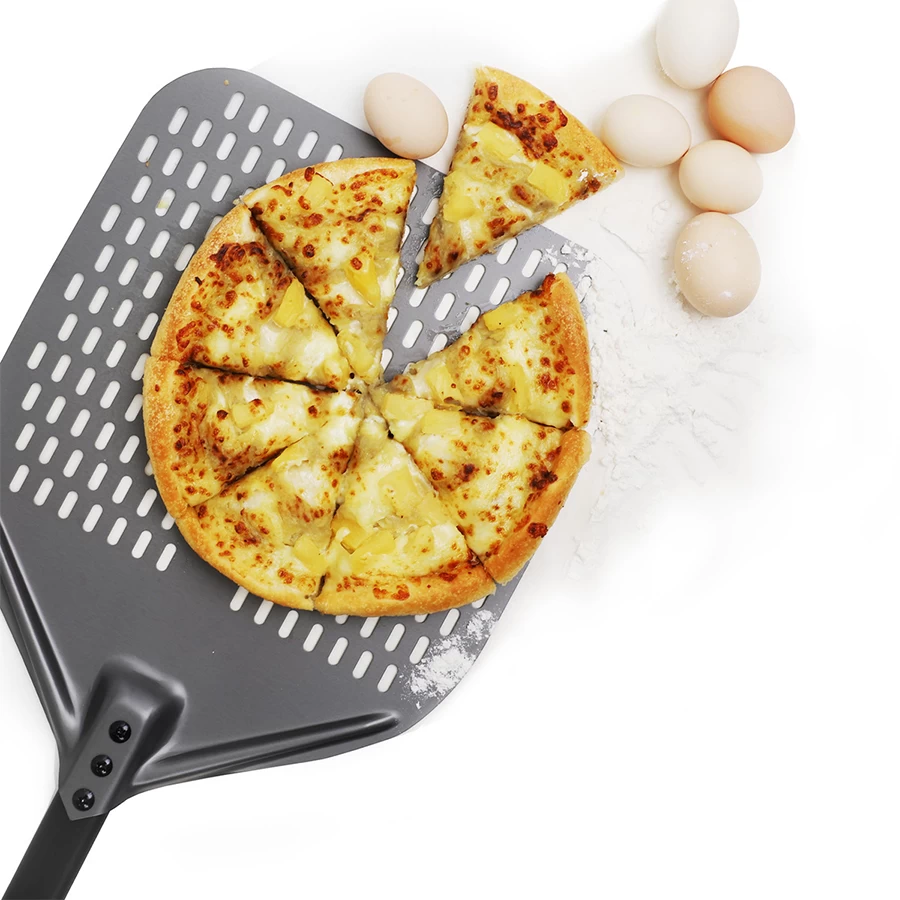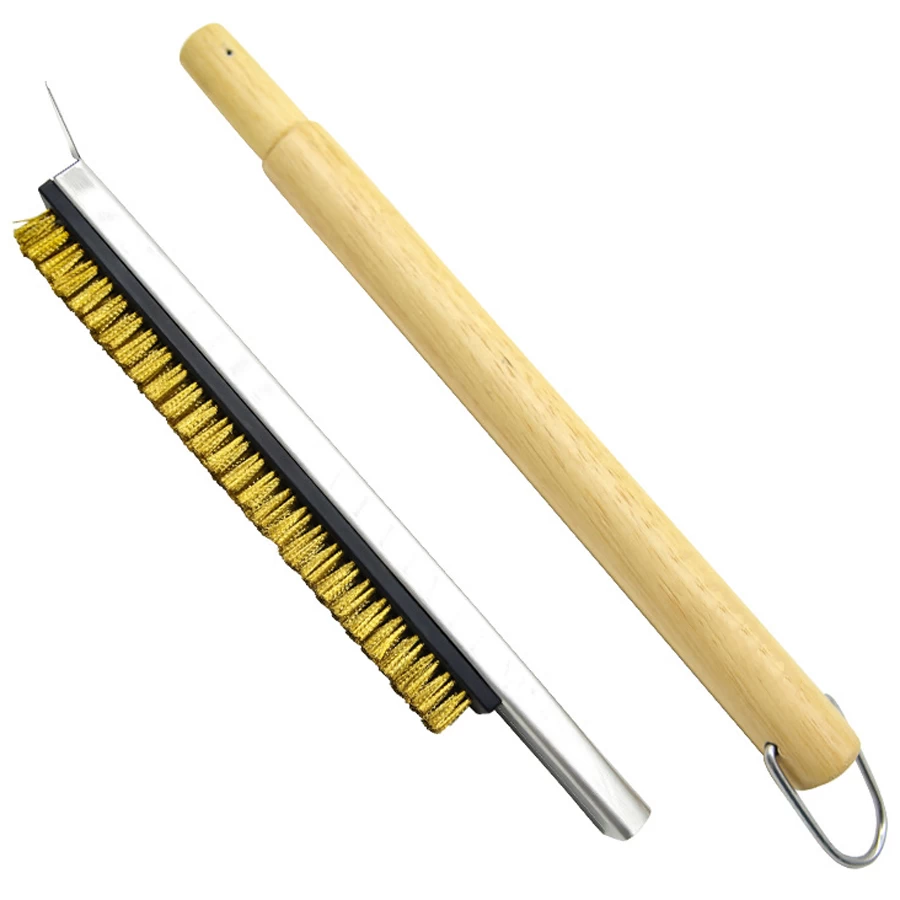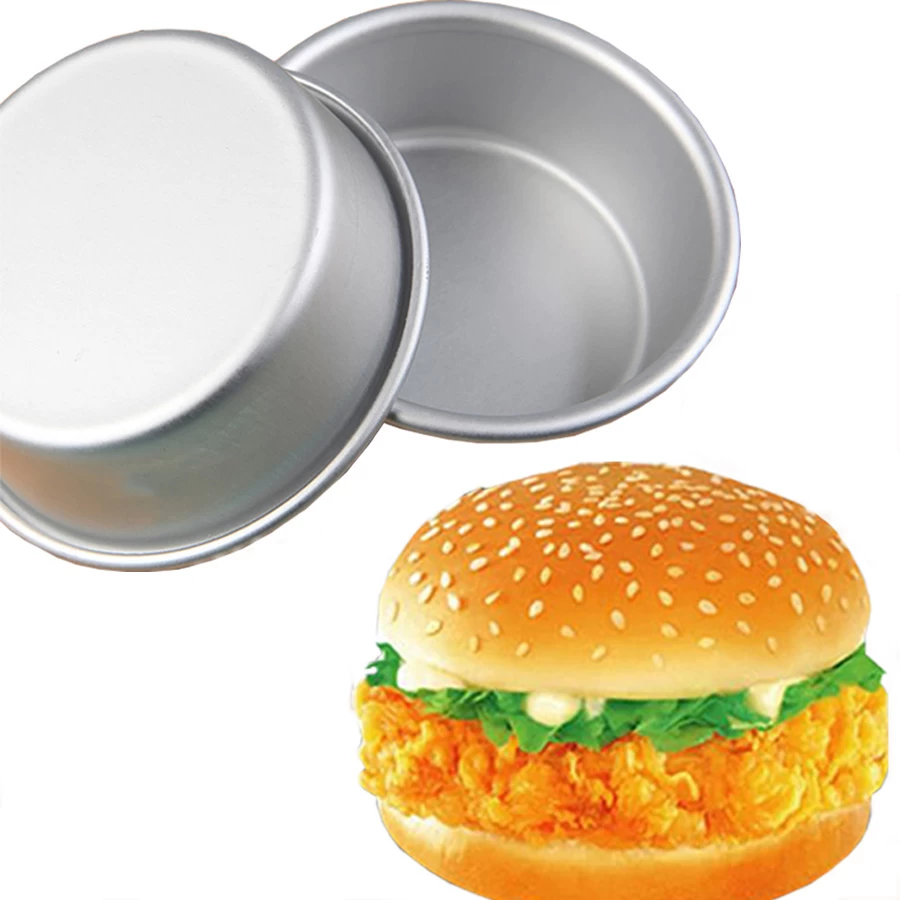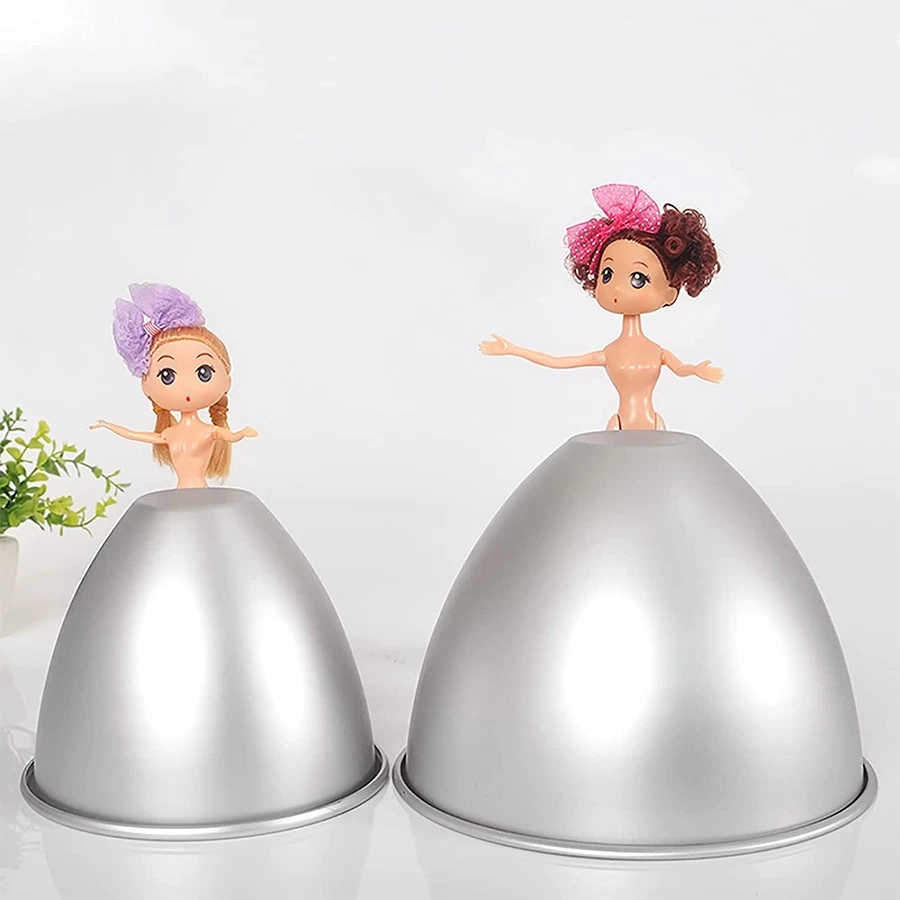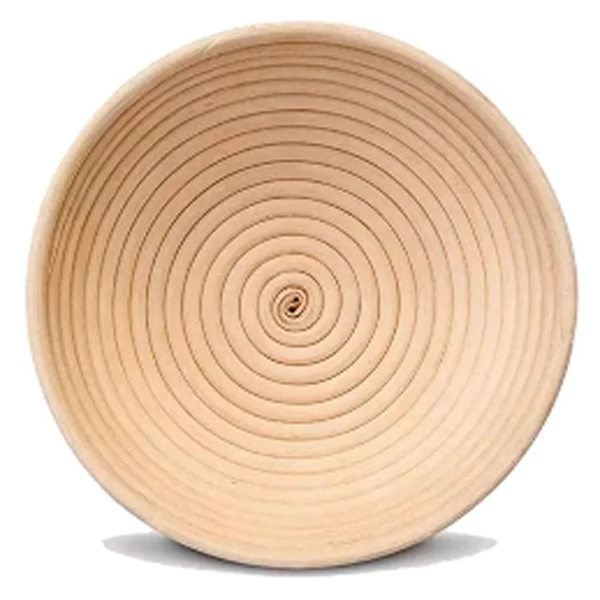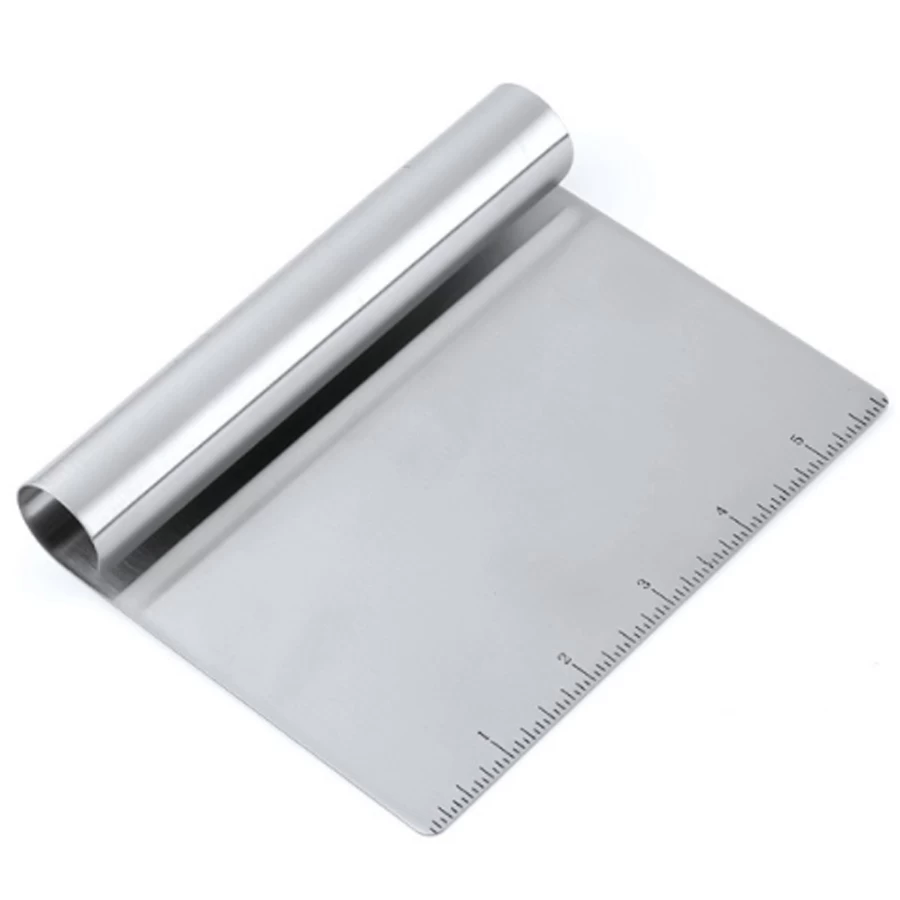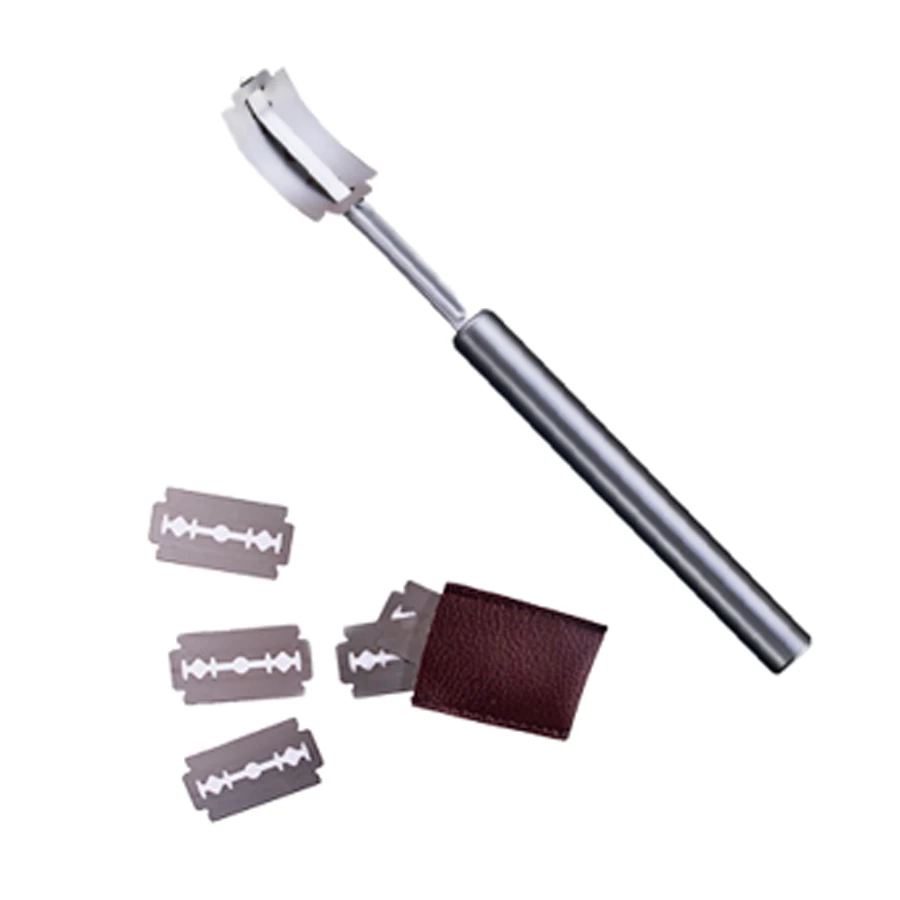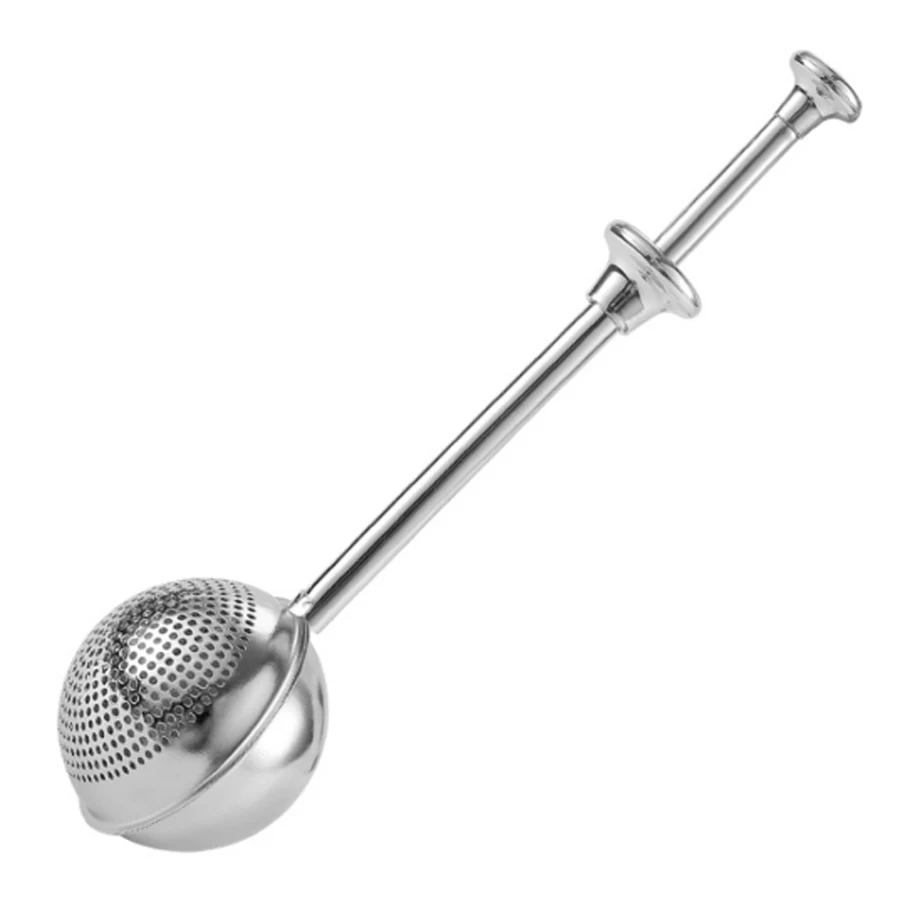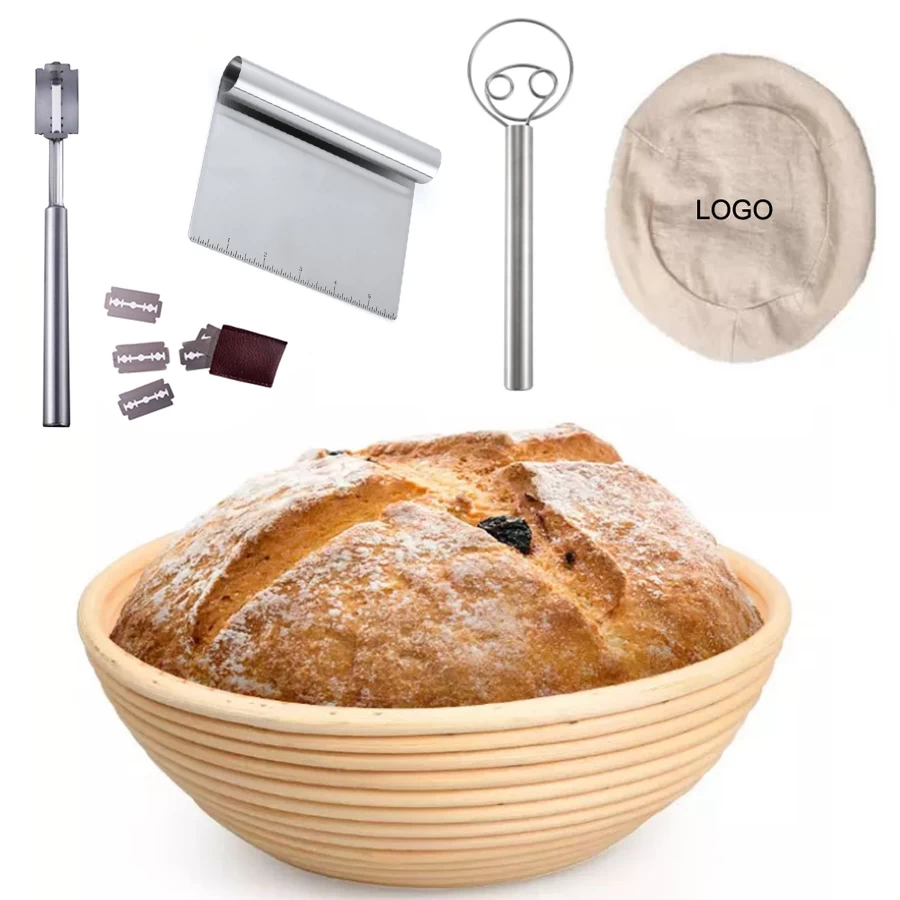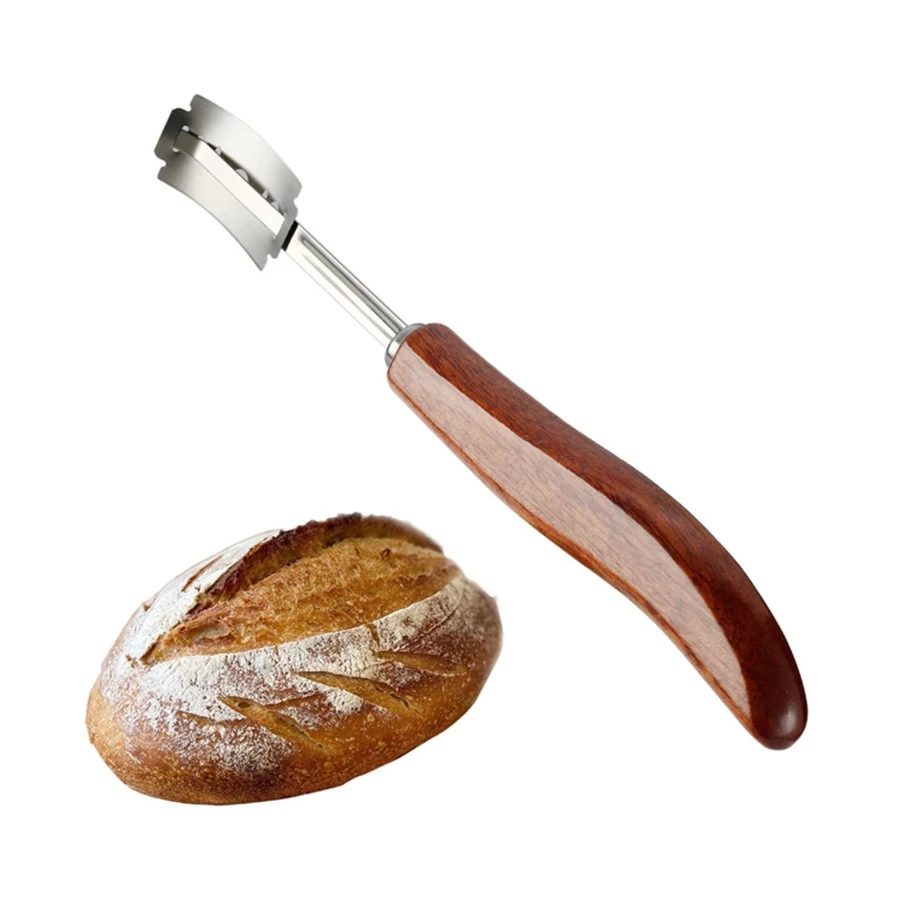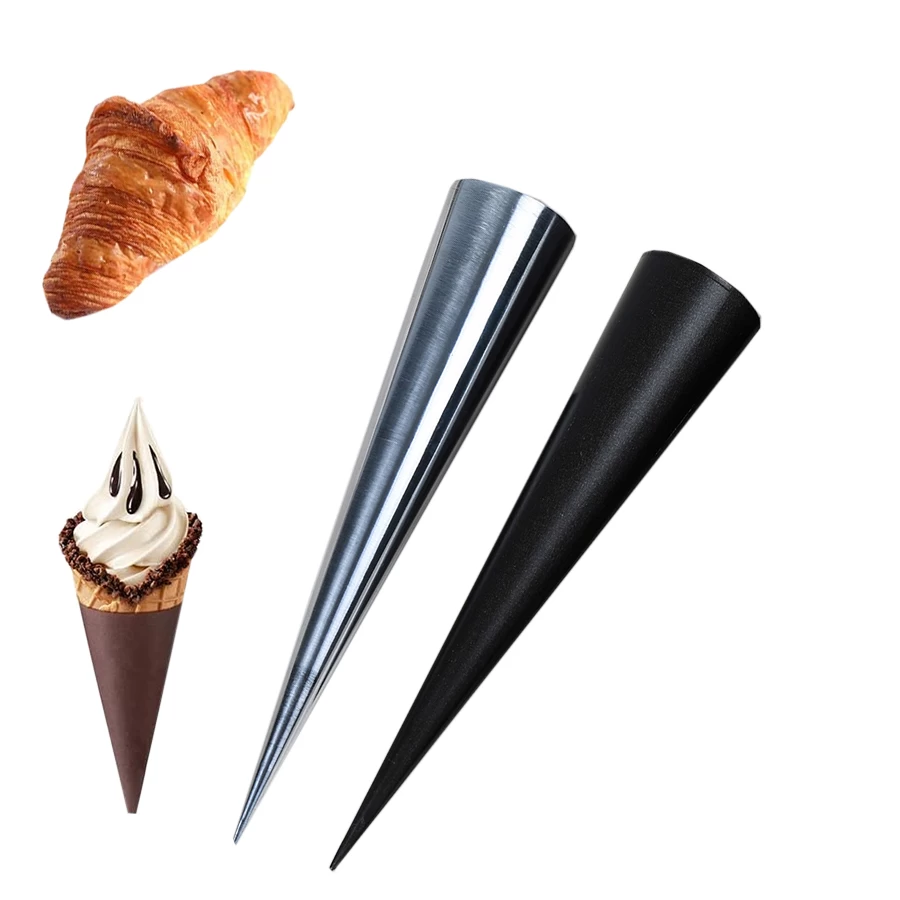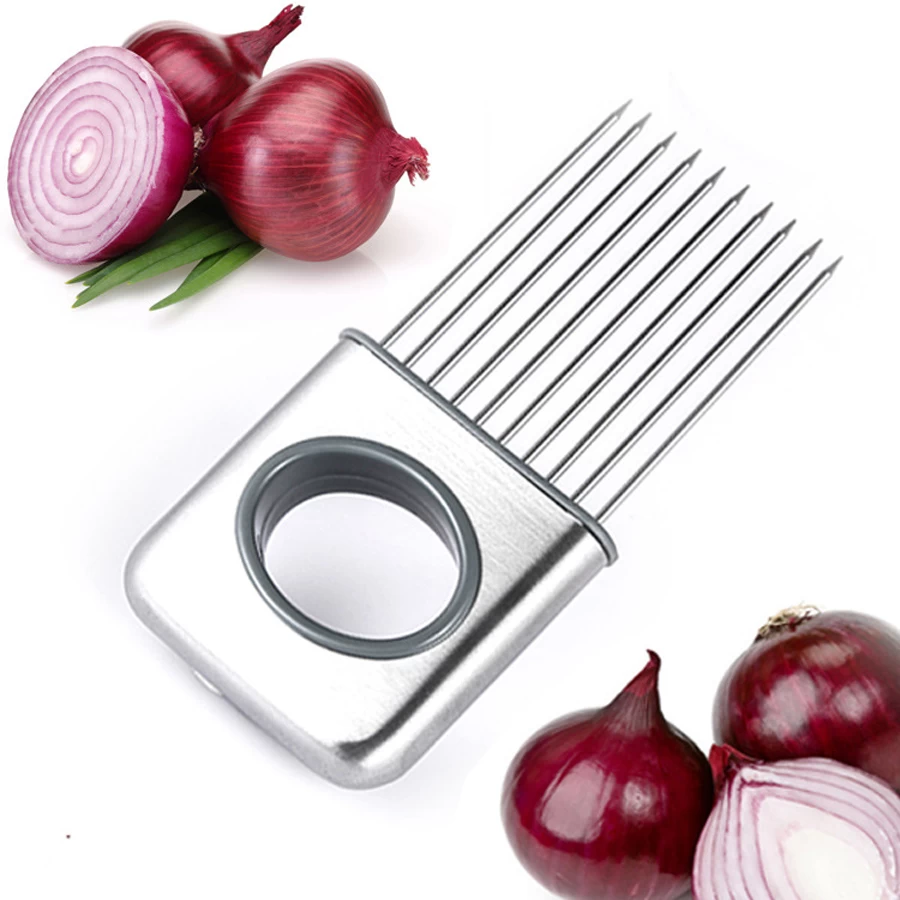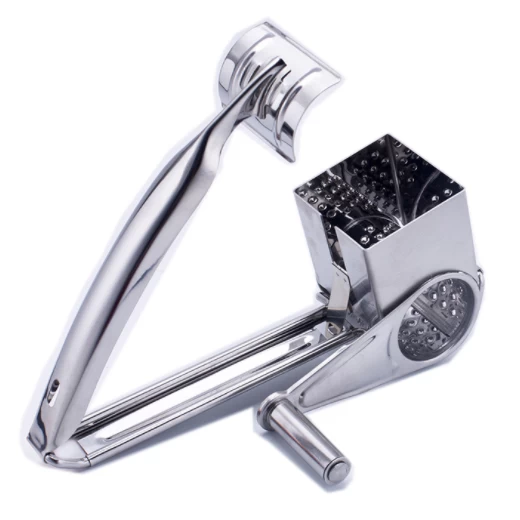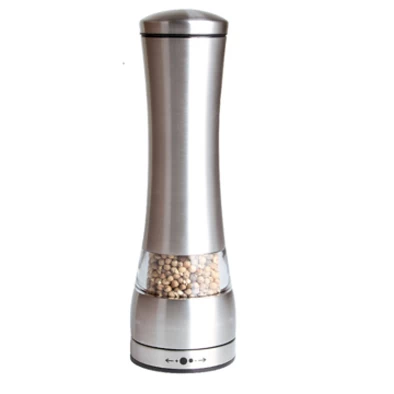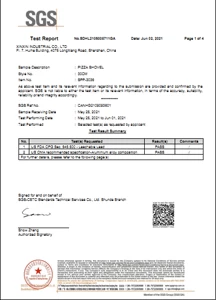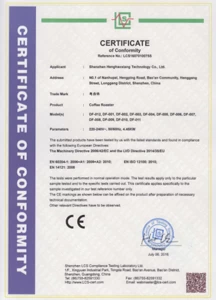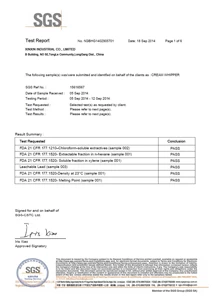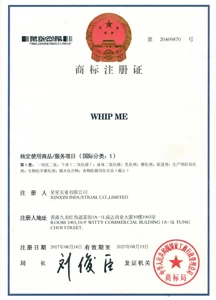How to Choose Bakeware for Making Cookies and Other Baking
The most common and economical are single-ply tin without a nonstick finish. These have been in use for generations and many bakers still use them. However, baking sheets that have multiple layers and heavier construction, especially those with an aluminum core, do perform better and offer a more even heat distribution.
Here are baking sheets of different materials:
Aluminum baking sheets are classics in the kitchen. While some are cheap and flimsy, these are commercial grade, so they’re heavier weight, and much more sturdy. For even better performance, they have rolled, encapsulated steel rims so they won’t bend or warp in normal use, and they’ll never rust or corrode.
The nonstick coating on this baking sheet helps cookies and other baked goods release easily, and makes cleanup easier, too. While this is dishwasher safe, given its large size, it may not fit in most dishwashers.
Stainless steel cookie sheets are more versatile and durable than either aluminum or steel. Aluminum cookie sheets shouldn’t be used for acidic foods, and steel sheets can rust if the coating wears or scratches. Just like your stainless steel cookware, these sheets won’t rust, stain, oxidize, or pit, even if you use them for roasting tomatoes or using lemon juice as a marinade on your chicken wings. They’re dishwasher safe and won’t be ruined if you get aggressive with scrubbing off burned bits.

